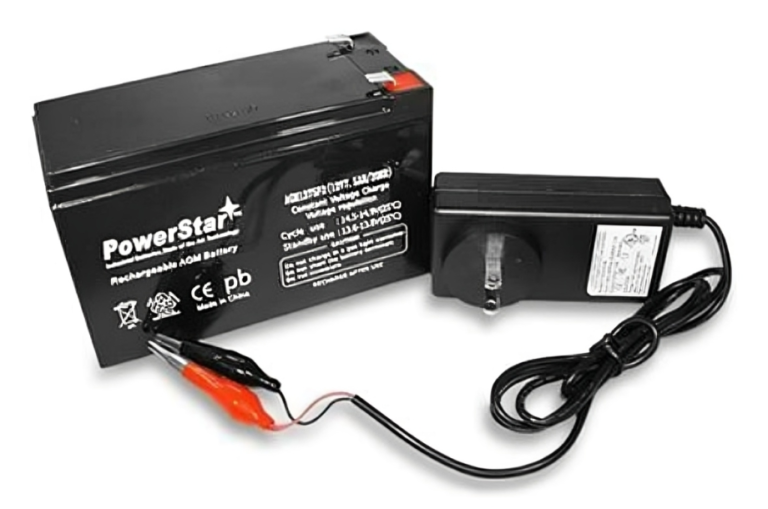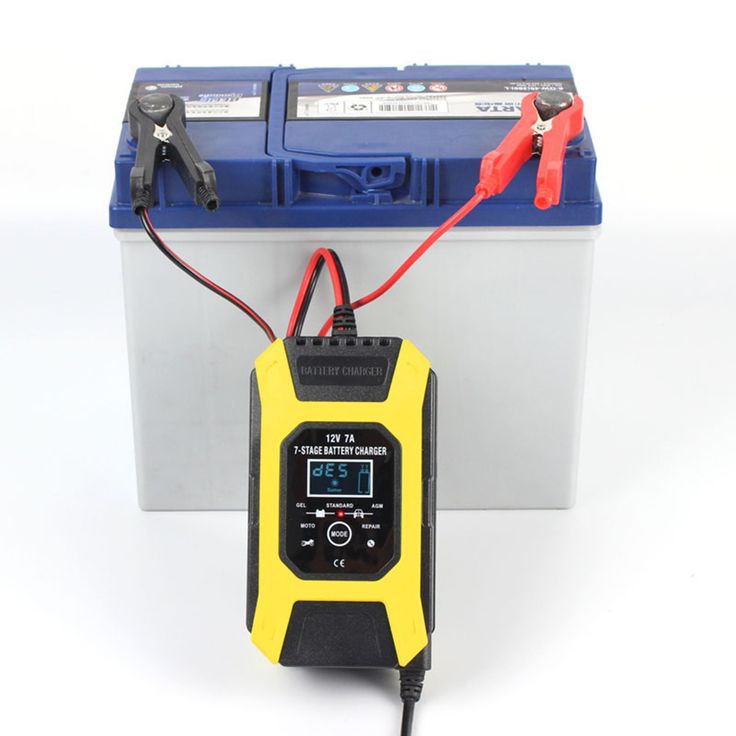Sealed Lead Acid (SLA) Battery Vs. Absorbent Glass Mat (AGM) Battery
Contents
- 1 Sealed Lead Acid (SLA) Battery Vs. Absorbent Glass Mat (AGM) Battery
Introduction
Sealed Lead Acid (SLA) and Absorbent Glass Mat (AGM) batteries are the battery industry’s super champion. Powering everything from autos to emergency backup systems. But they all have special abilities and limitations much like superheroes. In this post, we will examine Sealed Lead Acid (SLA) battery and AGM battery technology and dissect their operation to assist. You decide which type would be most appropriate for your purposes. If you are a homeowner needing a dependable backup power supply or searching for the ideal battery for your vehicle know the distinctions between SLA and AGM batteries. So fasten your seatbelts and get ready to explore the fascinating field of battery technology.
Technology Overview

Both Sealed Lead Acid (SLA) and AGM batteries are lead-acid batteries. SLA batteries are more common and are made of lead plates immersed in a sulfuric acid electrolyte and sealed in a plastic casing. AGM batteries on the other hand use a fiberglass mat to absorb the electrolyte and have a spill-proof design.
Construction
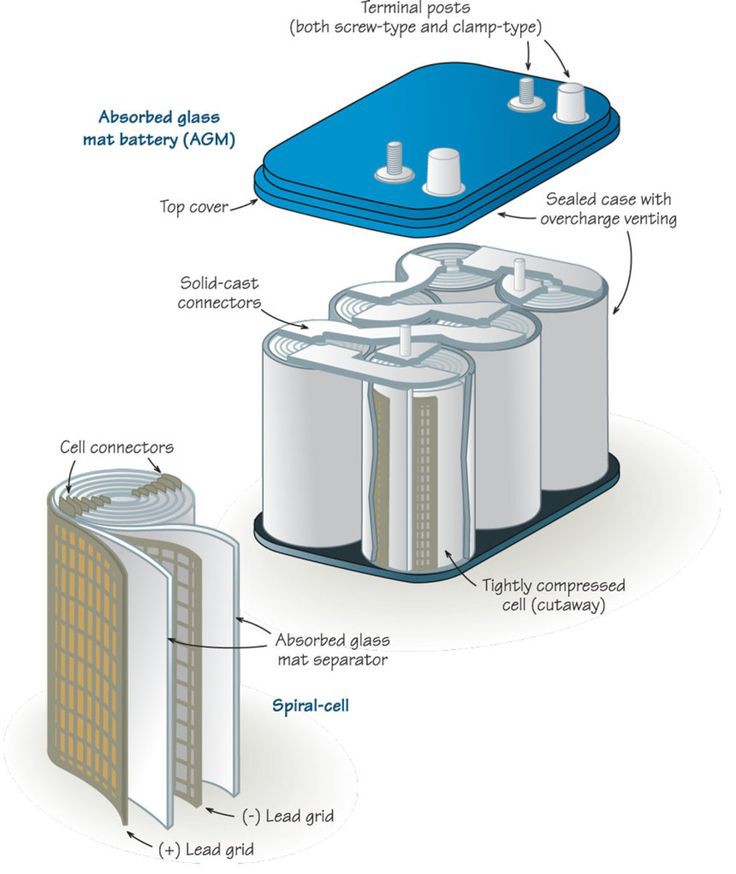
In general Sealed Lead Acid (SLA) batteries are built more simply than AGM batteries. They are made up of lead plates with vent caps to let out gasses when charging, submerged in a liquid electrolyte. A fiberglass mat separator is a characteristic of AGM batteries that improves acid absorption and retention between the plates.
Maintenance Requirements
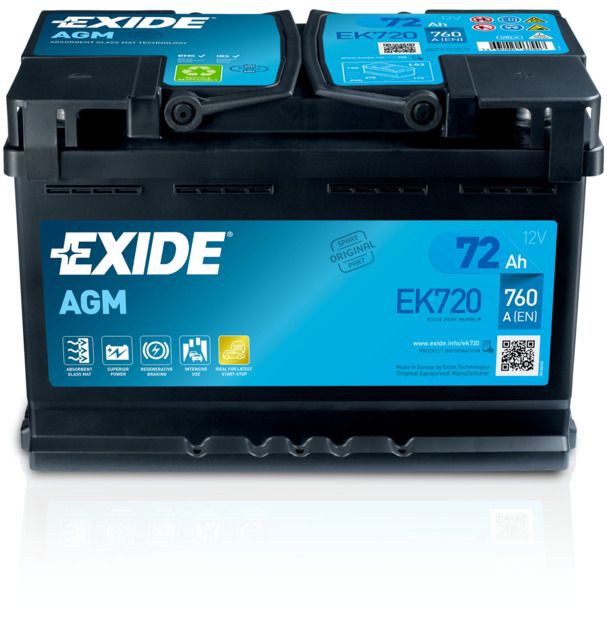
One significant advantage of AGM batteries over Sealed Lead Acid (SLA) batteries is their lower maintenance requirements. SLA batteries often require regular topping up with distilled water to replenish electrolyte levels, while AGM batteries are maintenance-free due to their sealed design.
Cycle Life
The former often has a longer cycle life when comparing AGM and Sealed Lead Acid (SLA) batteries. This is because of their excellent structure, which lowers plate corrosion and increases battery longevity overall. AGM batteries are perfect for applications requiring frequent cycling because they tolerate more charge-discharge cycles. Both SLA and AGM battery lifespans are influenced by environmental factors, charging habits, and battery usage. SLA batteries typically have a lifespan of three to five years but with the proper maintenance. AGM batteries can last up to eight years.
Performance in Extreme Temperatures

In severe temperature situations SLA batteries typically outperform then AGM batteries. Because of its liquid electrolyte which improves heat dissipation, they are more appropriate for high-temperature settings. Even though AGM batteries can still function in a variety of temperatures and they may work less well in extremely hot conditions.
Charging Characteristics
When it comes to charging AGM batteries are more rapid than SLA batteries. Because of their structure, AGM batteries can be charged more quickly and efficiently. This may be helpful in situations where rapid recharging is necessary, like emergency backup systems. Generally, common chargers made for SLA batteries can be used to recharge AGM batteries. Use of a charger made especially for AGM batteries is advised for best results and battery health.
Vibration Resistance
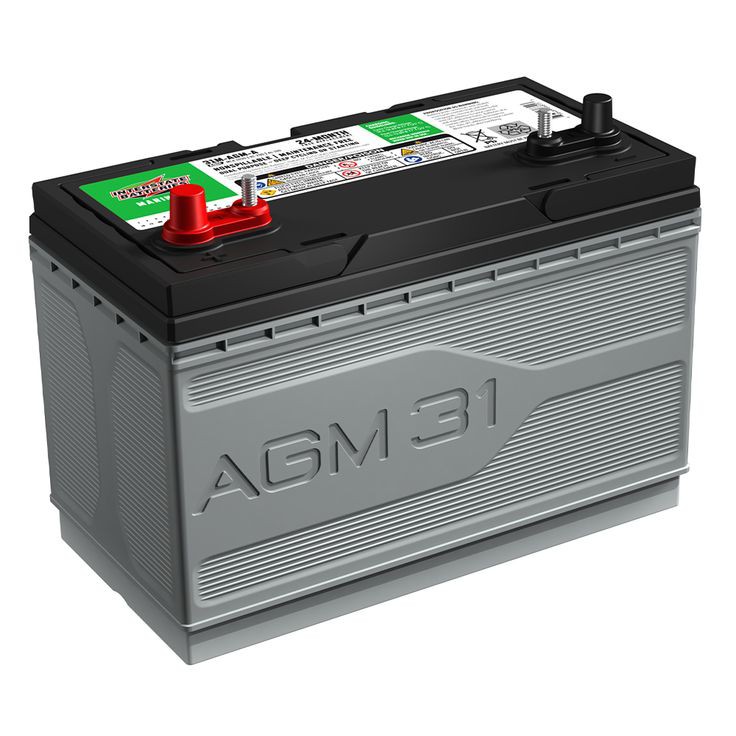
Because of their superior vibration resistance, SLA and AGM batteries can both be used in cars and other mobile applications. Because of their densely packed design, which helps to inhibit plate movement during vibration, AGM batteries might have a little advantage in this area.
Cost Considerations
SLA batteries are typically less expensive initially than AGM batteries. AGM batteries provide superior value over time when taking into account the whole cost of ownership, which includes replacement and maintenance expenses, because of their longer lifespan and less maintenance needs.
Application Specifics
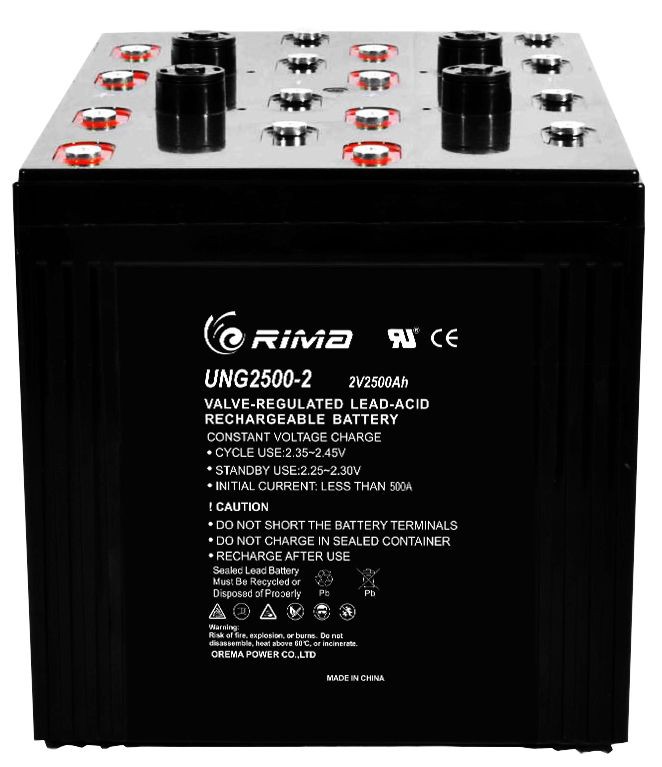
The decision between SLA and AGM batteries is frequently influenced by the demands of the particular application.
Although they are employed for different purposes. Sealed lead acid (SLA) and absorbent glass mat (AGM) batteries have other uses. Emergency lighting systems and vintage automobiles and motorbikes frequently use SLA batteries. Although they are inexpensive, they need to be maintained frequently to check fluid levels and prevent spills. AGM batteries, on the other hand, require less maintenance and are more contemporary. They are perfect for use in RVs and backup power systems. Because AGM batteries are sealed, leakage cannot occur and they can be installed in a variety of locations. AGM batteries are more convenient and versatile than SLA batteries despite the former being more affordable.
Environmental Impact
Lead and sulfuric acid are included in both SLA and AGM batteries, thus recycling and appropriate disposal are crucial to reducing their negative effects on the environment. However, because of its sealed construction, which lowers the possibility of acid spills and contamination, AGM batteries might be slightly more environmentally harmless.
Conclusion
Both Sealed Lead Acid (SLA) and Absorbent Glass Mat (AGM) batteries have established themselves as dependable heavyweights in the competition. SLA batteries are still popular for many applications because of their price and lengthy history, particularly in vehicle starters. AGM batteries are best in deep-cycle applications due to their longer lifespan and lower maintenance requirements. In the end, the best option will rely on your unique requirements and tastes. Whether durability, affordability, or performance under harsh circumstances are your top priorities, knowing the advantages and disadvantages of each kind can help you choose wisely. Regardless of the battery type you select, always manage and dispose of it properly to reduce your influence on the environment.
FAQ
Are AGM batteries worth the extra cost compared to SLA batteries?
Even though AGM batteries may cost more upfront, they are frequently a wise investment due to their longer battery life and less maintenance needs, particularly for applications that demand deep-cycle performance.
Can I use an AGM battery in place of an SLA battery in my vehicle?
Absolutely, AGM batteries can usually be used in place of SLA batteries in cars. But it is essential to make sure it works with the charging system in your car and to follow the manufacturer’s instructions.
Are there any special disposal requirements for SLA or AGM batteries?
SLA and AGM batteries must be disposed of correctly because they both contain potentially harmful substances including sulfuric acid and lead. You can dispose of batteries properly by taking them to an automotive retailer or recycling center, or by participating in one of the many municipal recycling programs. To avoid contaminating the environment, don’t dispose of them with regular garbage.



